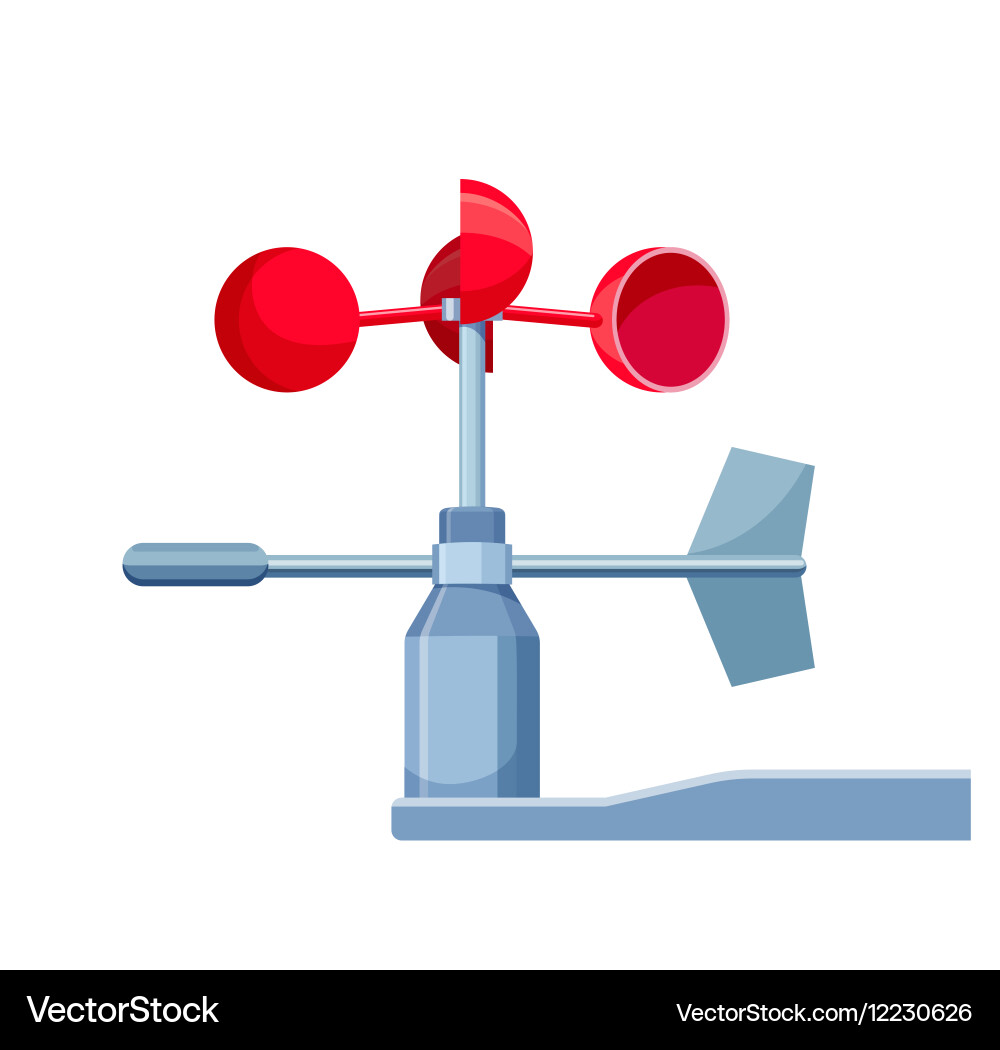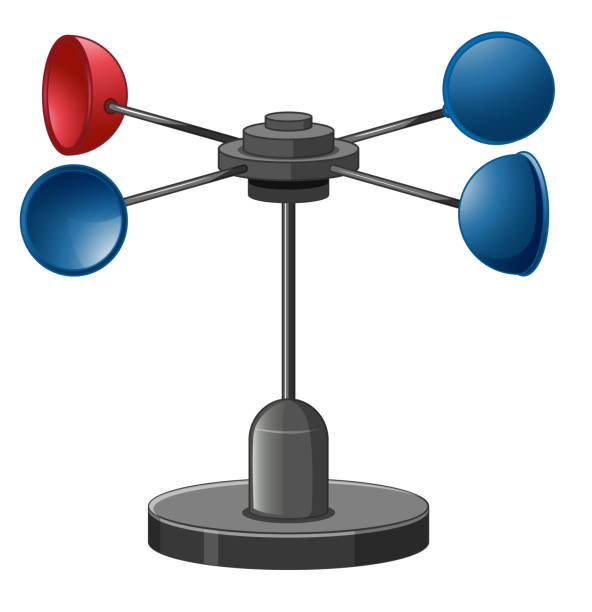Why an Anemometer is Vital for Your Environmental Data Collection
Why an Anemometer is Vital for Your Environmental Data Collection
Blog Article
Checking Out the Features and Advantages of Anemometers for Weather Enthusiasts and Professionals
From mug anemometers to sonic anemometers, each type brings its distinct collection of applications and advantages, losing light on numerous elements of atmospheric conditions. As we dive right into the functions and benefits of anemometers, a much deeper understanding arises not only of dominating weather condition phenomena but additionally of the wider implications for fields like wind energy manufacturing and environmental research.
Relevance of Anemometers in Weather Condition Monitoring
Anemometers play a critical function in weather surveillance by offering exact dimensions of wind speed, helping in forecasting and understanding weather patterns. These instruments, ranging from standard cup anemometers to modern-day ultrasonic anemometers, are vital for meteorologists, scientists, and weather fanatics alike. By measuring wind rate, anemometers help in establishing the intensity of climate phenomena such as hurricanes, twisters, and tornados. Furthermore, they provide important information for aviation, maritime operations, and numerous industries that are delicate to wind problems.

Sorts Of Anemometers and Their Applications
With the crucial role anemometers play in weather monitoring and forecasting, understanding the various kinds of these instruments and their applications becomes important for professionals and fanatics in the area. One of the most typical sorts of anemometers include cup anemometers, vane anemometers, hot-wire anemometers, and ultrasonic anemometers. Cup anemometers include three or 4 mugs placed on horizontal arms that rotate with the wind, gauging its rate. Vane anemometers, on the various other hand, utilize an easily turning vane to align with the wind direction, providing both wind speed and instructions dimensions. Hot-wire anemometers run based on the concept of convective warm transfer, where the cooling impact of the air circulation is measured to determine wind rate. Ultrasonic anemometers utilize ultrasonic sound waves to compute wind speed and instructions precisely.
Cup anemometers are durable and ideal for basic weather condition tracking, while vane anemometers are favored for directional measurements. Ultrasonic anemometers are non-intrusive and use high accuracy, frequently utilized in study and specialized weather tracking applications.
Benefits of Using Anemometers in Projecting
In meteorology, the usage of anemometers uses important advantages for improving the precision of weather condition projecting. Anemometers gauge wind speed and direction, supplying crucial data for predicting weather condition patterns. By integrating wind data into projecting versions, meteorologists can much better understand the activity of climate systems, anticipate changes in climatic conditions, and problem extra precise forecasts.
Furthermore, anemometers play a crucial role in examining possible climate risks. Monitoring wind rates assists forecasters predict extreme climate events such as typhoons, tornadoes, and winter storms with greater accuracy. This very early warning system allows authorities to issue timely notifies and implement needed security measures, lowering the dangers to life and building.
In addition, anemometers assist in maximizing renewable resource production. By assessing wind patterns, meteorologists can determine ideal places for wind ranches and anticipate power outcome, adding to the effective generation of wind power.

Anemometers in Wind Power Production
Provided the vital duty anemometers play in providing precise wind information for climate projecting and threat assessment, their significance reaches the world of wind energy manufacturing. Anemometers are crucial instruments in the area of wind power, where the dimension of wind speed and instructions is essential for establishing the expediency and effectiveness of wind generator installments. By accurately measuring wind speeds at varying heights, anemometers assist check that enhance the positioning and style of wind generators to make the most of energy output.
In wind farms, anemometers are tactically put to gather real-time wind information that is utilized to analyze the possible power manufacturing of a website. This data contributes in identifying the economic feasibility of wind power jobs and in projecting power generation to make sure grid security. Furthermore, anemometers help in checking wind problems to enhance wind turbine performance, prevent damages from high winds, and make certain the safety and security of workers working in the area of wind turbines.
Enhancing Weather Understanding With Anemometers

Anemometers play a crucial duty in boosting our understanding of microclimates. These more tips here local climate condition can vary significantly from broader regional forecasts, making it important to have precise data for specific areas. anemometer. By purposefully positioning anemometers in numerous places, researchers can gather detailed information on just how wind acts in various terrains, urban environments, or bodies of water
Furthermore, anemometers add to improving climate projecting designs by offering real-time information on wind actions. This info is particularly useful for predicting severe weather occasions, enhancing agricultural techniques, and sustaining industries like aeronautics and maritime navigating. In general, anemometers are indispensable instruments that allow us to dig much deeper right into the complexities of climate systems, eventually resulting in even more precise predictions and better-informed choices.
Verdict
Finally, anemometers play an important role in climate tracking and projecting by determining wind rate and direction. They are important devices utilized by weather fanatics and professionals to collect accurate information for predicting weather patterns and examining potential influences. Anemometers also have applications in wind power production, more highlighting their importance in both weather forecasting and sustainable power industries. Generally, anemometers add to boosting our understanding of weather sensations and improving projecting abilities. anemometer.
From cup anemometers to sonic anemometers, each type brings its one-of-a-kind set of benefits and applications, dropping light on different resource facets of climatic problems. These instruments, varying from typical mug anemometers to modern ultrasonic anemometers, are important for meteorologists, researchers, and weather condition fanatics alike. The most common types of anemometers include cup anemometers, vane anemometers, hot-wire anemometers, and ultrasonic anemometers. Cup anemometers are robust and appropriate for basic climate surveillance, while vane anemometers are preferred for directional dimensions. Anemometers are essential instruments in the field of wind energy, where the measurement of wind speed and direction is crucial for figuring out the expediency and effectiveness of wind generator installments.
Report this page